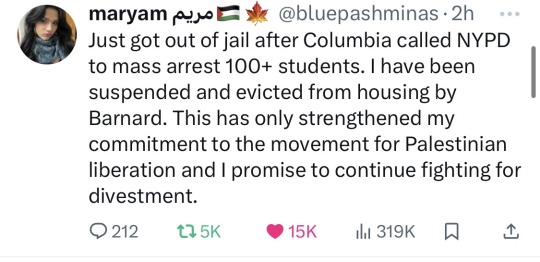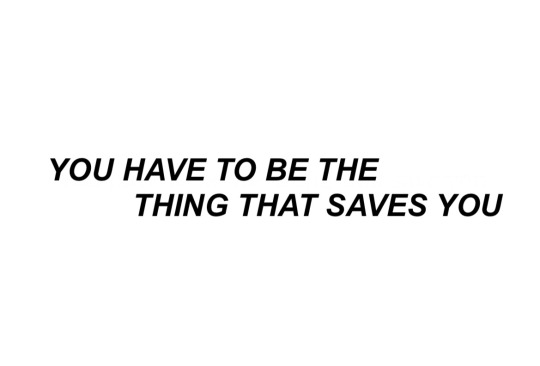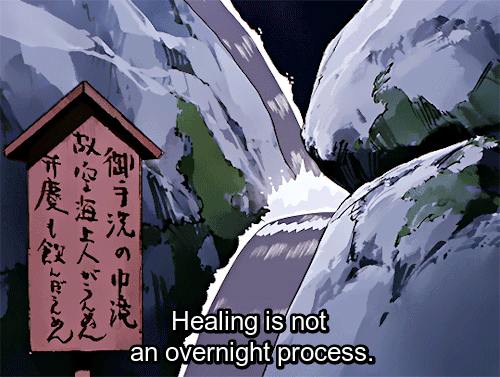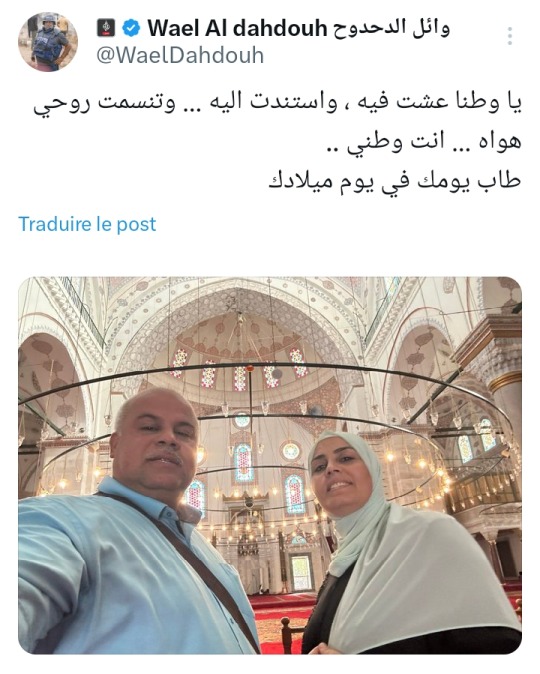#RESILIENT!!!
Explore tagged Tumblr posts
Text
I put myself through a lot of mental health issues in 2020 because I was so alone and depressed and scared
#rants n rambles#I was so scared I was gonna hurt somebody that I locked myself in my room for three days#I’m starting to remember now#it’s funny how trauma and depression can make you forget#but to be honest I was in a sludge#the days mashed by and I didn’t recognize anything#how I got out of it I don’t know but that just goes to show that I’m#RESILIENT!!!
2 notes
·
View notes
Text

#yemen#jerusalem#tel aviv#current events#palestine#free palestine#gaza#free gaza#news on gaza#palestine news#news update#war news#war on gaza#palestinian resilience#palestinian food#food#food videos#hopecore
50K notes
·
View notes
Text





FUCK YEAH COLUMBIA UNI STUDENTS!!!!!!
#free palestine#ceasefire now#palestine#columbia university#solidarity#activism#protest#genuinely sobbing at the resilience and organization of these students#it’s so beautiful to see
42K notes
·
View notes
Text
it is so strange to go to the grocery store and realize that 65 percent of the people there just hate me and will always hate me. i mean it’s not like i didn’t know before. but i don’t think people in blue states will ever understand that level of sheer hopelessness and total demoralization and i wouldn’t wish it on them. if you love or even just know a southerner please realize that we can hear what you’re saying about us and it’s not just one wall of bigots here. people are already talking about refusing aid to states like texas and florida in the case of another natural disaster and i am begging you to realize that we fucking live here too.
#about to clock in at the BOOKSTORE in KENTUCKY where i WORK. surely that’ll be fine.#it’s not like my boss is an ex cop or anything. it’s not like we sell out of hillbilly elegy weekly. i’m sure it’ll be fine.#god ok resilience whatever fine ok
6K notes
·
View notes
Text



𝑫𝑹𝑬𝑾 𝑺𝑻𝑨𝑹𝑲𝑬𝒀 & 𝑴𝑨𝑫𝑬𝑳𝒀𝑵 𝑪𝑳𝑰𝑵𝑬 . Outer Banks ( 2020 – ) .
#drew starkey#madelyn cline#rafe cameron#sarah cameron#sarah routledge#madelynclineedit#drewstarkeyedit#rafecameronedit#sarahcameronedit#sarahroutledgeedit#outer banks#obx#outerbanksedit#obxedit#tvgifs#tv.#mine.#my gifs.#muse.#disconsolate.#resilient.#spoilers.
5K notes
·
View notes
Text











BE STRONG, BE BRAVE
Poem “Problem Area” (2016), in Last Sext, by Melissa Broder; // Unknown; // “The Waves” (1931), by Virgina Woolf; // “Notebooks” (2017), by Tennessee Williams; // “Fast Car” (1988), by Tracy Chapman; // “The American Crisis” (1776), by Thomas Paine; // Quote by @maplepecanpastry /// Stills from “Joan of Arc” (1948), by Victor Fleming, starring Ingrid Bergman
#web weave#webweaving#webweave#web weaving#on been brave#on been strong#be brave#be strong#resilience#courage#be your knight#be your hero#take a deep breath#god help me#and go#do it yourself#aesthetic#spilled thoughts#poetry#poem#spilled poetry#spilled ink#quote
3K notes
·
View notes
Text
As relentless rains pounded LA, the city’s “sponge” infrastructure helped gather 8.6 billion gallons of water—enough to sustain over 100,000 households for a year.
Earlier this month, the future fell on Los Angeles. A long band of moisture in the sky, known as an atmospheric river, dumped 9 inches of rain on the city over three days—over half of what the city typically gets in a year. It’s the kind of extreme rainfall that’ll get ever more extreme as the planet warms.
The city’s water managers, though, were ready and waiting. Like other urban areas around the world, in recent years LA has been transforming into a “sponge city,” replacing impermeable surfaces, like concrete, with permeable ones, like dirt and plants. It has also built out “spreading grounds,” where water accumulates and soaks into the earth.
With traditional dams and all that newfangled spongy infrastructure, between February 4 and 7 the metropolis captured 8.6 billion gallons of stormwater, enough to provide water to 106,000 households for a year. For the rainy season in total, LA has accumulated 14.7 billion gallons.
Long reliant on snowmelt and river water piped in from afar, LA is on a quest to produce as much water as it can locally. “There's going to be a lot more rain and a lot less snow, which is going to alter the way we capture snowmelt and the aqueduct water,” says Art Castro, manager of watershed management at the Los Angeles Department of Water and Power. “Dams and spreading grounds are the workhorses of local stormwater capture for either flood protection or water supply.”
Centuries of urban-planning dogma dictates using gutters, sewers, and other infrastructure to funnel rainwater out of a metropolis as quickly as possible to prevent flooding. Given the increasingly catastrophic urban flooding seen around the world, though, that clearly isn’t working anymore, so now planners are finding clever ways to capture stormwater, treating it as an asset instead of a liability. “The problem of urban hydrology is caused by a thousand small cuts,” says Michael Kiparsky, director of the Wheeler Water Institute at UC Berkeley. “No one driveway or roof in and of itself causes massive alteration of the hydrologic cycle. But combine millions of them in one area and it does. Maybe we can solve that problem with a thousand Band-Aids.”
Or in this case, sponges. The trick to making a city more absorbent is to add more gardens and other green spaces that allow water to percolate into underlying aquifers—porous subterranean materials that can hold water—which a city can then draw from in times of need. Engineers are also greening up medians and roadside areas to soak up the water that’d normally rush off streets, into sewers, and eventually out to sea...
To exploit all that free water falling from the sky, the LADWP has carved out big patches of brown in the concrete jungle. Stormwater is piped into these spreading grounds and accumulates in dirt basins. That allows it to slowly soak into the underlying aquifer, which acts as a sort of natural underground tank that can hold 28 billion gallons of water.
During a storm, the city is also gathering water in dams, some of which it diverts into the spreading grounds. “After the storm comes by, and it's a bright sunny day, you’ll still see water being released into a channel and diverted into the spreading grounds,” says Castro. That way, water moves from a reservoir where it’s exposed to sunlight and evaporation, into an aquifer where it’s banked safely underground.
On a smaller scale, LADWP has been experimenting with turning parks into mini spreading grounds, diverting stormwater there to soak into subterranean cisterns or chambers. It’s also deploying green spaces along roadways, which have the additional benefit of mitigating flooding in a neighborhood: The less concrete and the more dirt and plants, the more the built environment can soak up stormwater like the actual environment naturally does.
As an added benefit, deploying more of these green spaces, along with urban gardens, improves the mental health of residents. Plants here also “sweat,” cooling the area and beating back the urban heat island effect—the tendency for concrete to absorb solar energy and slowly release it at night. By reducing summer temperatures, you improve the physical health of residents. “The more trees, the more shade, the less heat island effect,” says Castro. “Sometimes when it’s 90 degrees in the middle of summer, it could get up to 110 underneath a bus stop.”
LA’s far from alone in going spongy. Pittsburgh is also deploying more rain gardens, and where they absolutely must have a hard surface—sidewalks, parking lots, etc.—they’re using special concrete bricks that allow water to seep through. And a growing number of municipalities are scrutinizing properties and charging owners fees if they have excessive impermeable surfaces like pavement, thus incentivizing the switch to permeable surfaces like plots of native plants or urban gardens for producing more food locally.
So the old way of stormwater management isn’t just increasingly dangerous and ineffective as the planet warms and storms get more intense—it stands in the way of a more beautiful, less sweltering, more sustainable urban landscape. LA, of all places, is showing the world there’s a better way.
-via Wired, February 19, 2024
#california#los angeles#water#rainfall#extreme weather#rain#atmospheric science#meteorology#infrastructure#green infrastructure#climate change#climate action#climate resilient#climate emergency#urban#urban landscape#flooding#flood warning#natural disasters#environmental news#climate news#good news#hope#solarpunk#hopepunk#ecopunk#sustainability#urban planning#city planning#urbanism
14K notes
·
View notes
Text

#healing#journey#growth#progress#patience#self-compassion#innerstrength#resilience#emotionalwellbeing
12K notes
·
View notes
Text

2K notes
·
View notes
Text
People hate Jewish resilience. They hate us in general, but they *especially* hate our resilience.
#sorry you hate that we've existed for thousands of years and survived your attempts to destroy us#sorry you hate that we still sing and dance while we stamp out your name#jumblr#judaism#antisemitism#jewish resilience#we will dance again
2K notes
·
View notes
Text

New Goal Acquired!
Bug Fact: The scarlet lily beetle (or better yet the lily bug ;P) is a leaf beetle that eats the leaves, stem, buds, and flowers of lilies.
First || Prev // Next
Masterpost
#The Knight has a new plan! KILL GOD#this is the most the knight has emoted here lmao. Big eyebrows#Dewi may have put the HK out of commission but he still hoped he didn't kill the bug outright#most resilient bugs can handle a few crushing blows....even if they may break a few legs#HK/Rad is very confused. Big creature literally tries to kill them and then immediately regrets decision. huh???#hollow knight#hollow knight humans#dewi's adventures in hollow knight#hollow knight knight#hollow knight hollow#dewi#my art#art#comic#hk spoilers#hollow knight spoilers#spoilers
2K notes
·
View notes
Text
Sometimes I think about how Kai made his way out of an inferno by accepting that being the green ninja wasn't meant for him but that didn't make him any lesser while Morro died in an inferno because he couldn't let go of the idea of being the green ninja and viewed it as his only source of worth. And then I lose it a little
#i lose it even more because kai only made it out because Lloyd functioned as a reality check to him but to Morro he acted as a catalyst into#more of a spiral#kai and morro have so many parallels and sometimes i imagine them switching places#what if morro had been made to grow past his anger and envy instead#and kai was stunted before he could discover his loyalty and resilience#morro wu#morro ninjago#kai ninjago#kai smith#ninjago#sketti rambles
3K notes
·
View notes
Text

#yemen#jerusalem#tel aviv#current events#palestine#free palestine#gaza#free gaza#news on gaza#palestine news#news update#war news#war on gaza#palestinian resilience#palestinian resistance#tiktok
25K notes
·
View notes
Text

This chapter broke me. The fact that the wife turned out to be a good person, the fact that after loosing everything in the war, Martha has managed to continue with her life has resound in me. It wasn't easy of course, maybe it was the hardest thing she had to overcome in her life (and this woman has been in two wars), but we are discovering this through her flashbacks, she is telling this as a storytime to Becky at teatime. So what does that mean? She already got over it, she survived. And you may think 'well of course, its been years' but i wouldn't judge her, i would even consider other reactions normal, like staying stuck in the past, because loosing the things and people you loved most to an absurd war simply is not fair.
Martha, you're so strong, i love you so much. I chose the picture of her breaking down after her performance because I understand how her dancing, having the chance to have a little of what she really deserved to live, could have reminded her of what it felt like to be alive.
#sxf#manga spoilers#sxf manga#spy x family#this chapter broke me#i loved this chapter so much#endo sensei why do you do this to me#henry henderson#why martha why...#martha and henry#spy x family chapter 102#martha is my favorite character now#resiliance is a word#martha the definition
1K notes
·
View notes
Text

"Oh, a homeland in which I lived, and on which I relied... and my soul breathed its love... You are my homeland..
Blessed your day on your birthday."
Wael El Dahdouh, the journalist from gaza, wishes his wife a happy birthday, she was killed along with his children and family members by an Israeli airstrike.
3K notes
·
View notes